The Secret Weapon of Lock Picking: Lishi Lock Picks
In early 2000, Master Locksmith Zhi Qin Li in Hebei province China developed a series of tools that revolutionized the automotive locksmithing industry.
Prior to the invention of the tool, a locksmith called out to All Keys Lost (AKL) job for a car would have an extremely difficult time, needing to first gain physical entry to the car. Then remove the ignition barrel and often the surrounding housing and physically hand-filling a key blank to fit the up to 10 spring-loaded wafers inside the barrel. This kind of job could take hours and she/he could waste several blanks if they filled the key a fraction too much.
Enter the Lishi tool…
Mr. Li developed a series of tools that not only can pick the wafers of the door, allowing for physical entry to the car but also allowed for the bitting combination of the wafers to be decoded without removing the ignition. For automotive locksmiths with access to code cutting machines, entering the decoded bitting would mean a job that previously took hours can be done in a matter of minutes.
The Lishi tool company now has tools for every major automotive key-way and has grown to employ 30+ people in its expanded factory. This is where the story gets interesting for those of us who pick locks as a hobby because, in 2017, Mr. Li set his sights and talents to pin tumbler residential locks & padlocks.
Why you should consider a Lishi lock pick as part of your picking arsenal?
When I first started picking, I would watch, captivated on Youtube as the LockPickingLawyer would commentate his picking of a lock.
“Nothing on One. Nothing on Two. Little click on 3 & we got this open”
What the LPL was demonstrating in these videos is called single pin picking (SPP) and his years of not only practice but his understanding of how a pin tumbler lock works. The trouble for those of us just starting out is that we don’t have the knowledge of the inner workings of a new lock and we haven’t developed our sensitivity to understand what our picking tools are telling us.
So how can a Lishi Lock Pick help?
If you’ve just started out and you’ve had success with raking (which is considered a low-skill way to open a lock) it’s natural that you will want to move up to Single Pin Picking.
The difficulty comes once you insert a tension wrench (top of the key-way tensioner or standard L-shaped bottom of the key-way tensioner) and then you insert your short hook into the lock…. there’s really not a lot of room left to see what you’re doing. Where is the tip of the hook? Are you touching pin 1 or have you gone too far and are touching pin 2? Visualizing where your tool is and how it’s interacting with the moving parts of the lock can be a very real challenge.
Ideally, you need a way to tell what’s going on inside the lock, where your pick is in relation to the pins, and more importantly that you are actually single-pin picking, instead of raising two pins at a time. This is where the Lishi tool shines. Think of it like the training wheels you first had when you were learning to ride a bike but in this case, it’s guiding your pick to each of the pin positions in the core and letting you know when you’ve raised the pin to the sheer line.
Note: One very low tech solution proposed by YouTuber Lock Noob was to mark your pick with a permanent marker so you can tell when the hook reaches pin position 1 and so on. Sadly permanent markers aren’t exactly permanent and many pickers who are picking old / discarded locks often spray oil / WD40 to loosen the pins before attempting picking, which will also make your marker marks disappear.
How does a Lishi Tool work?
The tool consists of the lower third of a key which the center has been milled out which then acts as a guide for its “built-in” hook pick to only touch one pin at a time. The tool also contains a hinged tensioner that easily allows you to vary your tension (varying tension becomes extremely important when you’re picking locks with security pins or picking challenge locks) or if you prefer you can hold and twist the main body of the tool to apply tension.
To help you learn and understand what’s going on inside the lock, the tail end of the pick features an indicator that when placed against the etched grid on the tool tells you both what pin position number you’re picking and how much your pick has raised that particular pin. See the photo below.
We can see the additional information the tool gives us. Firstly this tool fits a KW1 profile which means this tool will fit into any key-way with that profile and allow you to open and decode the combination of a standard 5-pin Kwikset key.
Kwikset cores are commonly found in door locks, deadbolts, and padlocks over 40mm in size. The Lishi KW1 will also fit a Lockwood LW4 / C4 key-way commonly used around the world in residential locks.
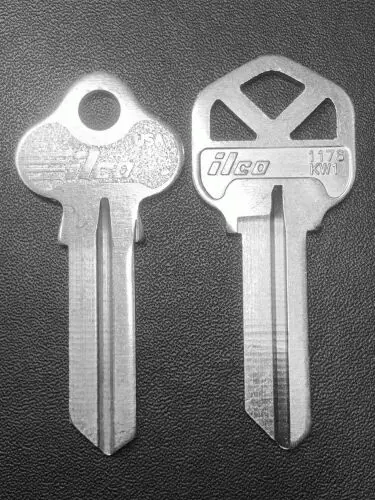
One thing to note, both Kwikset and Lockwood both produce cores with 6 pins for higher security applications, a KW1 Lishi tool will fit into a 6 pinned core but it won’t be able to open the lock because the tool can’t reach the 6th pin. For these particular high-security locks Lishi makes the KW5 pick which also fits the Lockwood LW5 key-way.
Pro Tip: You can find out how many pins are in the lock your picking by inserting a small half diamond pick all the way into the key-way and slowly pulling it back out, each time the tip of the diamond touches a pin will make a soft “click” as it comes out of the lock. 6 clicks = 6 pins. If you don’t have a half diamond pick or haven’t checked out LockJudge’s best picks for beginners you can do so by clicking here.
But for now, let’s just assume you’ll be dealing with 5-pin locks as they’re the most common. If you’ve purchased a lock from an online retailer like Amazon it will obviously come with the corresponding key.
Alternatively, if you’ve obtained a lock of unknown origin without a key or from a friend in the picking community who “picked and gutted” the lock previously, the first thing you’re going to want to do is to make sure the lock actually opens. Having a Lishi tool is a great way to confirm that a lock functions.
Many pickers are able to pick up locks with missing keys from garage sales/trash & treasure markets very cheaply and may spend hours picking them without success, relegating them to the naughty bucket without actually knowing for certain that the lock still functions.
Having a Lishi tool will enable you to know the lock actually works and that can save you both time and a lot of frustration. Also don’t forget that after picking it, the Lishi tool will allow you to decode the bitting – the unique combination of depth cuts that correspond to the original key, which you can supply to a locksmith who provides a “cut to code” service should you decide you want to bring the discarded lock back into active service.
So I can make sure a lock works and decode the bitting, what else can it do?
I think we’ve all experienced the following scenario:
We’ve got an open. Somehow the stars have aligned and that core has rotated and a shackle has sprung with a satisfying click.
Then the very first thing most of us do is lock it back up and start again, to make sure it wasn’t just beginners luck….. and then spend the next 10-20 minutes attempting to repeat our open often without success.
This is one of the great strengths of the Lishi tools – the results are readily repeatable. In fact, in most cases, picking a lock the second time around is actually faster as you will already know which pin will “bind” first. Having a tool that can reliably open a lock has its advantages when you’re first starting out but even more so when you are experienced at SPP and decide to tackle higher security locks.
Lock manufacturers know somebody out there is going to try and pick their locks, for them it’s part of the course. In many higher-end locks, they have created lots of little ways to prevent pickers from getting “an open”.
Side pins are one of the little tricks used by manufacturers to prevent the core from turning unless there is a key in the key-way. Well with a Lishi pick there is actually “a key” in the key-way so that overcomes that security device. Then there are the more devious ways they attempt to make a lock “pick proof”, which is by replacing one, two or even three of the standard pins in the core that interact with the driver pins with “weird” pins. This doesn’t affect the operation of the lock with the normal key but it can give lock pickers a very hard time.
Some manufacturers use Mushroom-shaped pins, others use dumbbell-shaped ones but they’re all designed to make the picker think he or she has “set” the pin or at the very least give the picker false feedback from their tools.
There are quite a few videos on YouTube putting Lishi picks to the test with a variety of these security pins and most achieve the open very quickly. This is because the Lishi tool gives you feedback (in the form of springiness) to tell you when each pin is set. You can develop this sensitivity without a Lishi of course but having something to compare the feedback you’re getting or at least have a reference point of how something is supposed to feel is one of the fastest ways to get better at picking.
“Gutting a lock” or dismantling the lock, removing the mechanism/pins, and putting it back together is also a great way to learn about how the inner components of a lock work. I would suggest opening the lock first with a Lishi tool and decoding the bitting on a piece of paper before picking and gutting a lock as that way you have a reference to how it was originally and if you do accidentally put it back together the wrong way, (mixed up pins two and three for instance) you’ll be able to compare the “after” decode to the “before” and know what you did wrong.
Which Key Profiles Are Available?
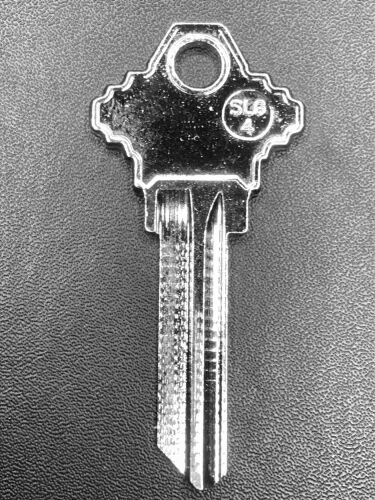
Lock-pickers who primarily pick US locks, Lishi makes tools for the standard 5-pin Schlage SC1 and its 6-pin variant SC4 (pictured). They also have two tools designed for padlocks – the first being the MS1 Master Lock padlock profile used on most of Master Lock’s standard padlocks and the second being the AM5 American Lock (Master Lock’s High-Security brand). The tool has been confirmed to work for the AM3 and AM7 key-ways which are very well known for their unfriendly key-way design and having 6 pins including spools and serrated pins.
For our friends with an interest in locks used outside of the US, Lishi Tools are also available in the TESA TE2 key-way, most commonly used in European Cylinders (a door lock that has two functioning key-ways for inside & outside) which is also distributed around the world under the brand name Gainsborough and you can use the TE2 pick in a Gainsborough GR10 key-way with confidence.
It is, however, very important to note that Lishi at this time Does NOT make a Yale Y1 2-in-1 decoder. Many knock-offs are being listed on the likes of eBay and Alibaba and horror stories are easy to find stating the knock-off’s markings don’t correspond to pin position or the milled key doesn’t even fit the Yale key-way. It’s for this reason that LockJudge only recommends buying from trusted sellers below.
Types of Lishi Lock Picks – Which Lishi tool do I need?
If you have gotten to the end of this article and are not sure what Lishi you should use. fear not, we have put together this guide for the most commonly used Lish Lock Picks out there.
Lishi 2-in-1 KW1
For Kwikset, Lockwood LW4 / C4 profiles in residential locks and padlocks in the USA & Australia
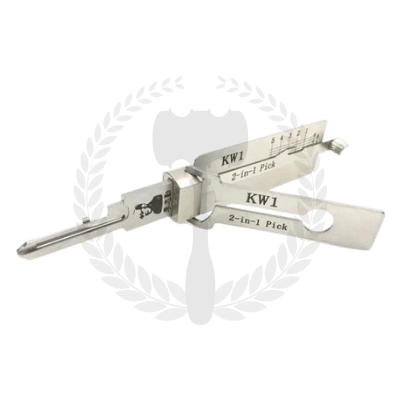
*Paid Links
Find the original Lishi kits and tools from ClassicLishi.com
Use the coupon code “lockjudge10” for a 10% discount
Lishi 2-in-1 KW5
For Kwikset, Lockwood Commercial locks and high-security padlocks in the USA & Australia
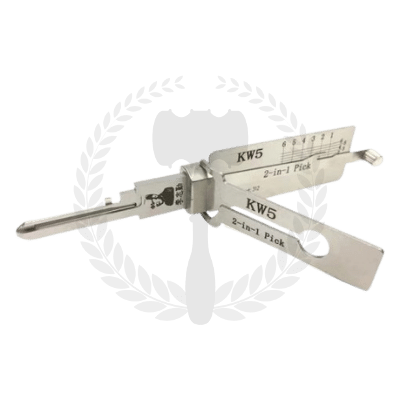
*Paid Links
Lishi 2-in-1 SC1
For Schlage residential door locks – mainly in the US / Canada
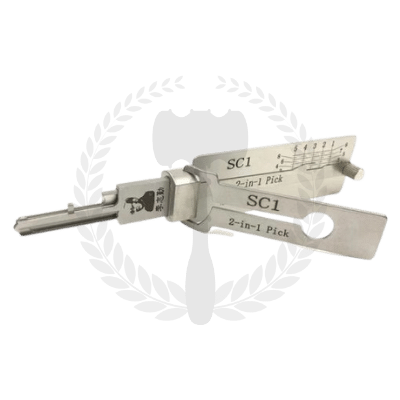
*Paid Links
Lishi 2-in-1 SC4
For Schlage Commercial / High-Security locks mainly in the US / Canada
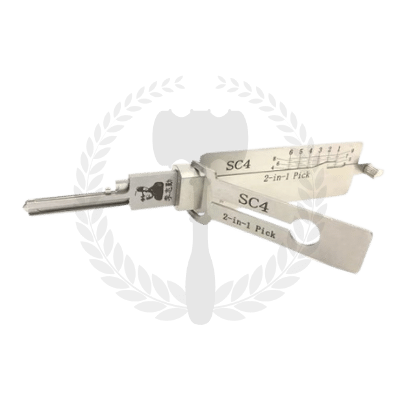
*Paid Links



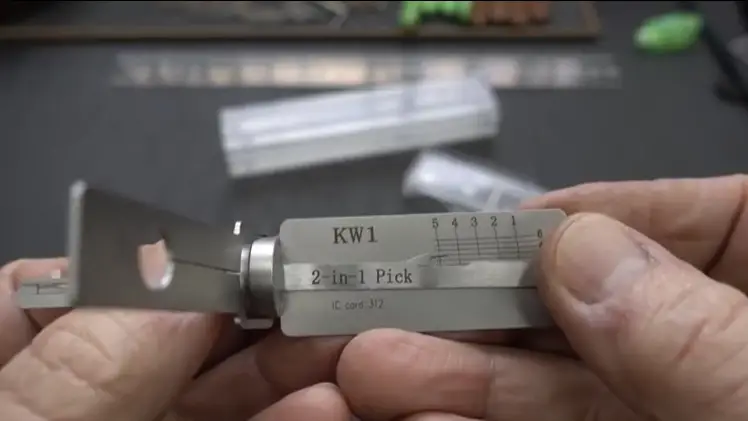
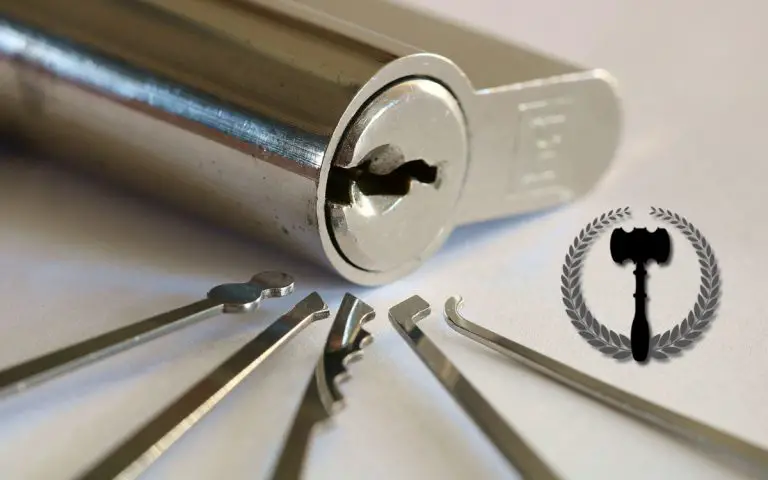

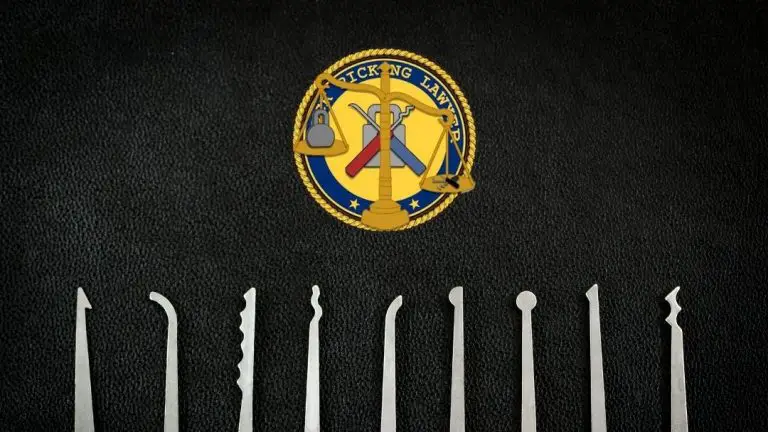


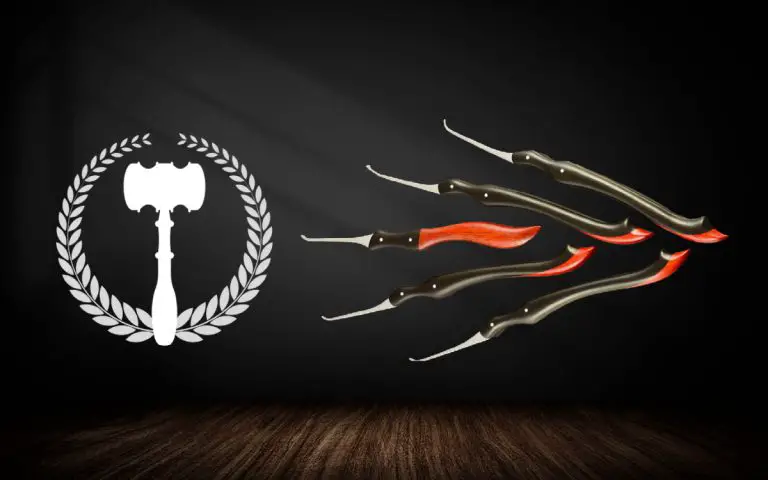
[…] Lishi Lock Picks […]